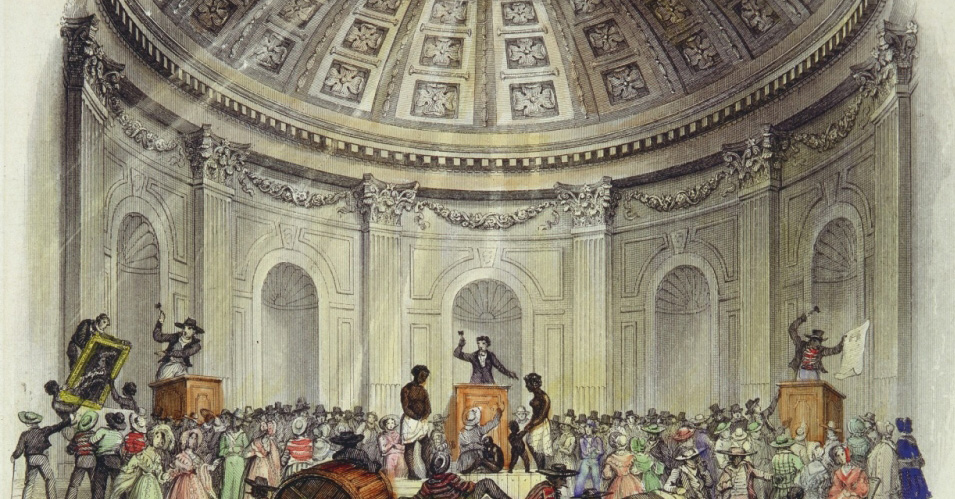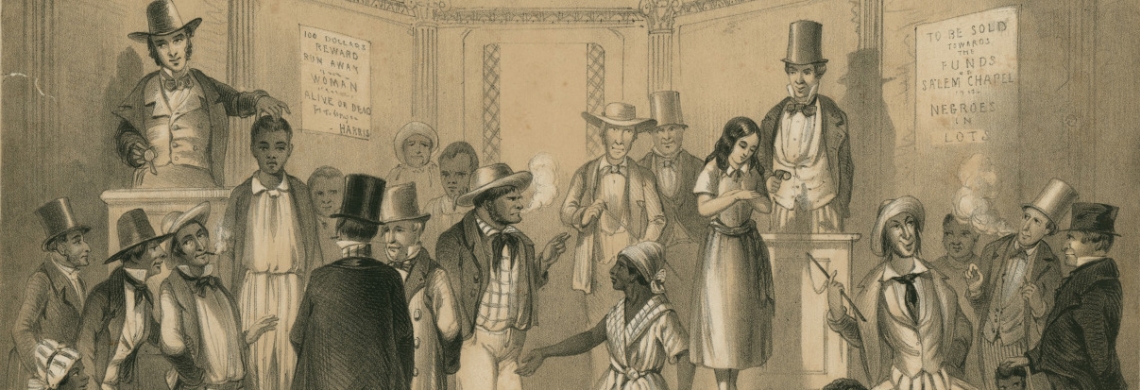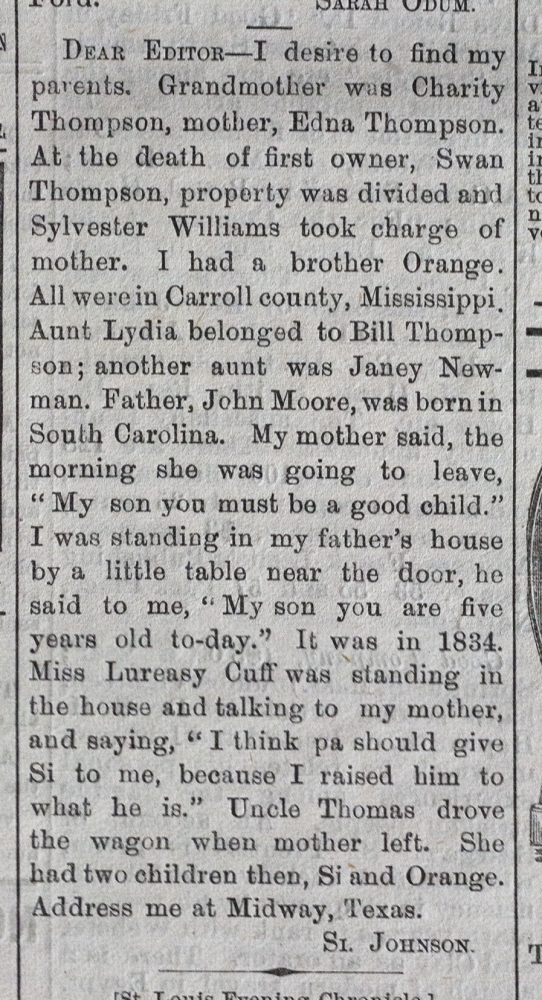 “I desire to find my parents,” writes Si Johnson in a short advertisement (right) placed in the Southwestern Christian Advocate in 1881, 47 years after he was separated from them. “My mother said, the morning she was going to leave, ‘My son you must be a good child.’ I was standing in my father’s house by a little table near the door, he said to me, ‘My son you are five years old to-day.’ It was in 1834. Miss Lureasy Cuff was standing in the house and talking to my mother, and saying, ‘I think pa should give Si to me, because I raised him to what he is.’ Uncle Thomas drove the wagon when mother left.”
“I desire to find my parents,” writes Si Johnson in a short advertisement (right) placed in the Southwestern Christian Advocate in 1881, 47 years after he was separated from them. “My mother said, the morning she was going to leave, ‘My son you must be a good child.’ I was standing in my father’s house by a little table near the door, he said to me, ‘My son you are five years old to-day.’ It was in 1834. Miss Lureasy Cuff was standing in the house and talking to my mother, and saying, ‘I think pa should give Si to me, because I raised him to what he is.’ Uncle Thomas drove the wagon when mother left.”
Johnson was separated from his parents in the division of his late master’s estate. Like millions of other enslaved people, Johnson had been ripped from his family as part of the dehumanizing business of chattel slavery, and, following the end of the Civil War, he joined thousands of other scattered voices seeking to find their loved ones. The advertisements appeared in the Advocate, in a column called “Lost Friends,” and in several other newspapers around the country; they were typically read aloud in black churches—the idea being that social networks, however fractured by slavery and Reconstruction, could help reconnect lost family members and friends.
THNOC recently expanded its database of thousands of “Lost Friends” ads, making this overlooked historical material available online. The Advocate’s readership extended across much of the southern United States, and the column ran from 1879 into the first decade of the 20th century—or, roughly, from the end of Reconstruction to the beginning of the Jim Crow era. Searchable by name (of anyone mentioned in the ad, including former slaveholders), city, state, or county, the database allows researchers unprecedented access to a body of material exemplifying the far-reaching human cost of slavery.
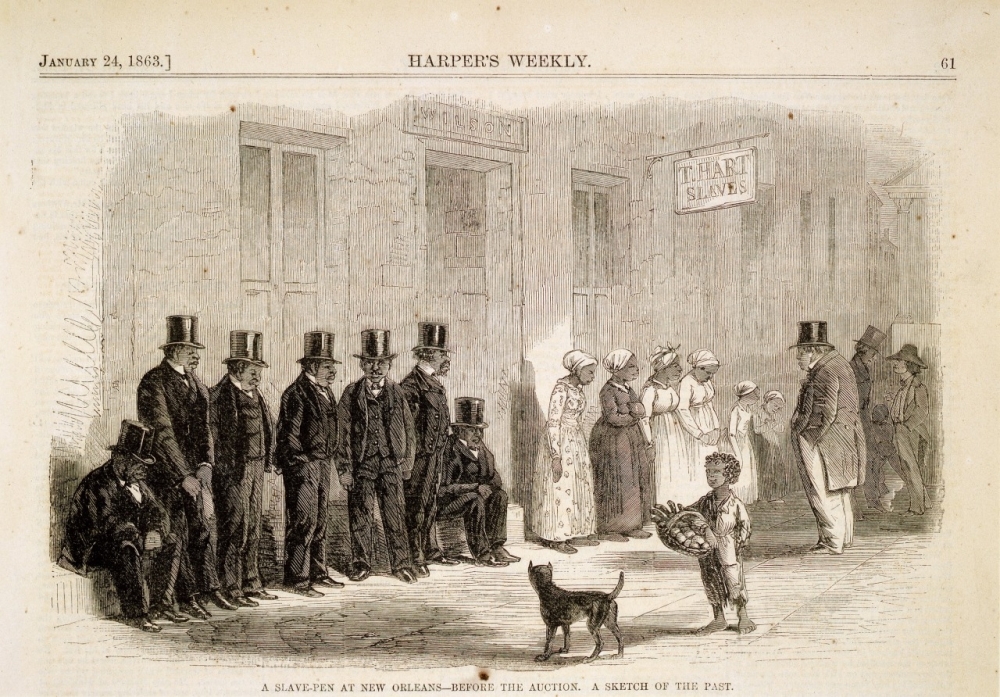
An 1863 illustration in Harper's Weekly shows enslaved people lined up prior to an auction. Families were often separated upon the auction of former masters' estates. (THNOC, The L. Kemper and Leila Moore Williams Founders Collection,1958.43.24)
Work on the database began in 2014, as part of the planning for the 2015 exhibition Purchased Lives: New Orleans and the Domestic Slave Trade, 1808–1865. Erin M. Greenwald, who curated Purchased Lives, structured the final section of the show around the “Lost Friends” ads, “to explore the question of what did and did not change for African Americans following the passage of the 13th, 14th, and 15th Amendments,” she said. Greenwald was “greatly influenced” by Heather Andrea Williams’s book Help Me to Find My People: The African American Search for Family Lost in Slavery (University of North Carolina Press, 2012), which showed the magnitude of slavery’s enduring tragedy in the separation of families. Purchased Lives included an interactive feature with more information about “Lost Friends,” and THNOC expanded its work on the database, with the intent of indexing and making available to the public every one of the ads.
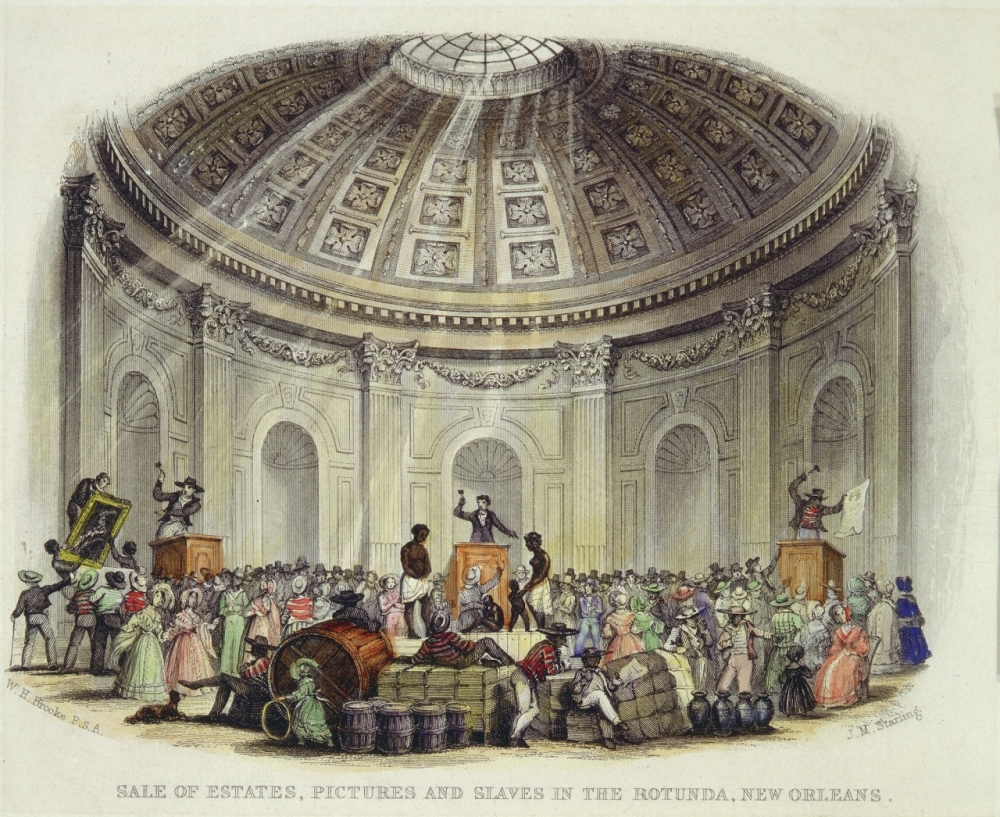 An 1842 print depicts an auction in the rotunda of the St. Louis Hotel, where enslaved people are sold alongside artwork and other goods. (THNOC, 1974.25.23.4)
An 1842 print depicts an auction in the rotunda of the St. Louis Hotel, where enslaved people are sold alongside artwork and other goods. (THNOC, 1974.25.23.4)
The database has been the project of THNOC programmer/systems analyst Andy Forester, who designed the online platform; THNOC photographer Melissa Carrier, who created digital images of the ads; and THNOC volunteer Diane Plauché, who has read the 3,000-plus ads multiple times to tag names of people and places for inclusion in the search indexes. “I wanted to make sure I got everything exactly correct, the spelling of the names,” Plauché said. “I realized the importance of all this—to think someone might be able to make a connection in their family.”
Plauché had made a similar connection within her own family some years ago, through a dialogue between her husband’s family, which owned a plantation in Ethel, Louisiana, and descendants of the plantation’s enslaved workers, who were seeking to preserve a cemetery on the site and to properly inventory its occupants. That process, Plauché said, reverberated across her work on “Lost Friends,” because both efforts showed the power of remembering and recovering kin, no matter the difficulty.
“Just the obstacles that people had to deal with to create this search—it cost 50 cents to place an ad, which was a lot, unless you were a subscriber, and then it was free,” Plauché said. “And then the emotional place they were coming from—you can feel it when you read the ads. Each tells a story.”
The database joins a similar effort out of Villanova University, which has been fully transcribing and digitizing a host of advertisements that appeared in the Christian Recorder in the 19th century. So far, that project, “Last Seen: Finding Family After Slavery,” has made more than 3,000 ads available online. The two databases are relevant not only to descendants of the parties involved, Plauché said, but to anyone interested in American history.
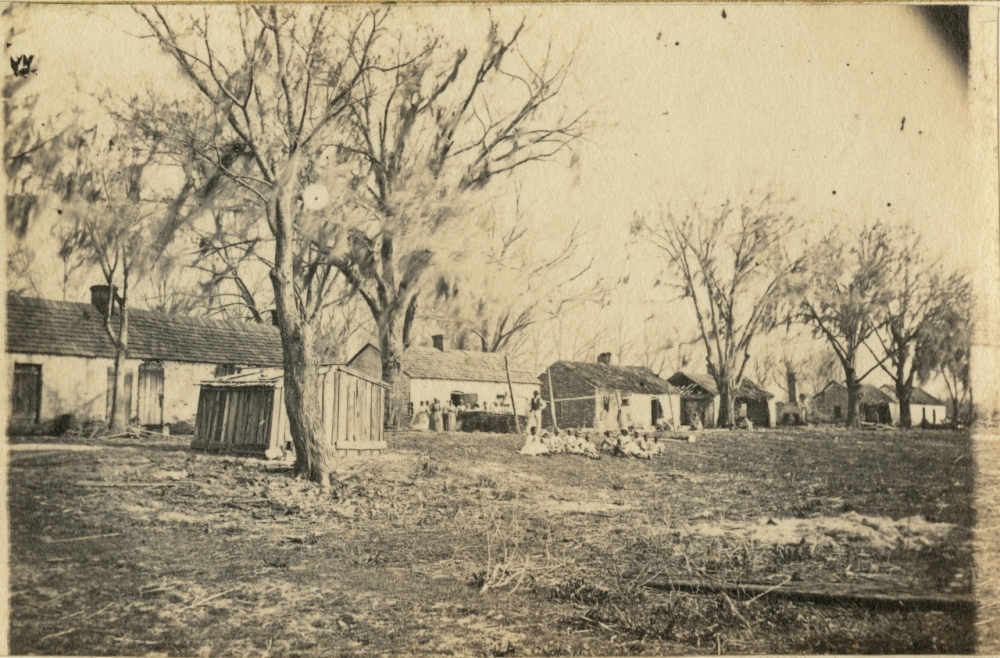
Enslaved people endured deplorable living and labor conditions. "Lost Friends" may help dispel the long-held myth that benevolent slaveholders treated their enslaved workers as family. (THNOC, 1992.2.21)
The past, after all, is never far from the present. The “Lost Friends” webpage saw a large spike in hits in early December 2017, around the time that Alabama Republican Roy Moore, then running for US Senate, said the country was better under slavery, because “families were united—even though we had slavery—they cared for one another.” The idea of benevolent slaveholders treating their enslaved workers like family has been a persistent canard since the antebellum period, and, piece by piece, the ads in “Lost Friends” and “Last Seen” help to set the story straight. “History repeats itself,” Plauché said, “until we decide to a make a change.”
This article originally appeared in the Fall 2018 edition of The Historic New Orleans Collection Quarterly. The "Lost Friends" database is accessible here.
